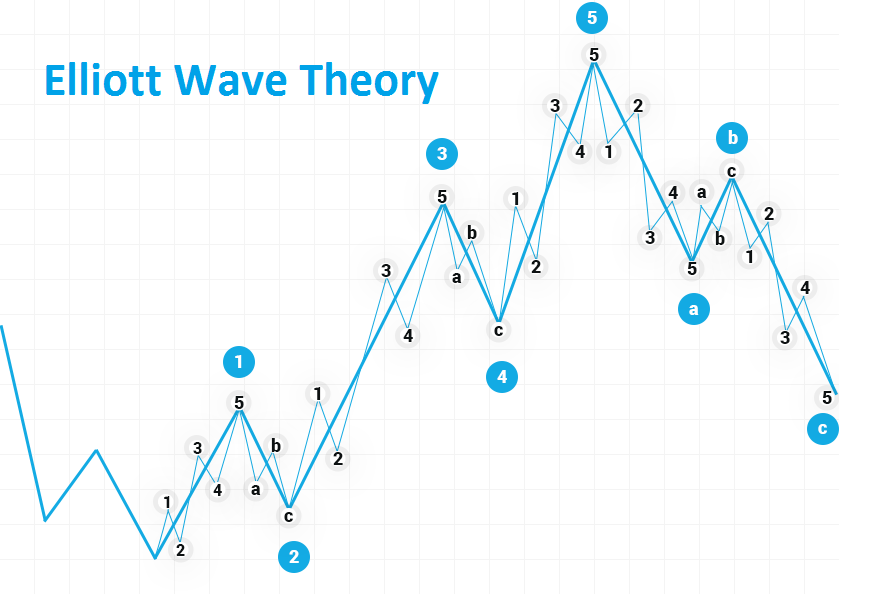What is a Marubozu candlestick pattern?
What is a Marubozu candlestick pattern?
A Marubozu candlestick pattern is a stock chart pattern that can help investors gain insight into market sentiment at any time. Although Marubozu's model performs quite well when spotted, it remains relatively unpopular with investors. We take a look at the basics and key features of the model so you can start harnessing the power of this little-known stock market predictor. Marubozus are full-bodied bullish or bearish candlesticks with no upper wicks or lower shadows. Marubozus are usually green or white when they are bullish and red or black when they are bearish on stock charts.
What are the pros and cons of using the Marubozu candlestick pattern?
An important point to keep in mind when researching Marubozu candles is that while you should never trade in the same direction as the candles, you should definitely trade against them. Given the trading activity that is driving this pattern, if the market continues to move in this direction, you may feel crushed. History has shown that price rarely reverses immediately, consuming the movement of the candle. In this sense, the Marubozu model is excellent for demonstrating the market sentiment behind a currency pair. As these patterns develop, they can help traders gauge how forex traders view this pair overall, which plays a critical role in determining the price action of this pair in the near future.
However, sentiment is only one of the factors that influence exchange rates. For this reason, the Marubozu can be a frustrating source of false signals that incur costs for forex traders, deflecting potential price moves and setting up their trades for huge losses. For this reason, Marubozu models should be combined with indicators and models that assess trading opportunities based on other key metrics such as trading volume and/or resistance levels.
Why use charts to track stocks
Stock market charting activity is not a new idea. Analysts were charting long before the New York Stock Exchange (NYSE) was created, albeit in a more rudimentary form than it is today. Charts are used to create an easy-to-understand visual representation of stock market activity. Regardless of the reasons for decline or growth, graphs track changes and show activity over time. Even a casual investor can read charts once he understands the basics of what he is tracking. This gives the investor the information that he may need to make decisions based on what is happening in the market. Using charts, they can see what is overbought or oversold and decide whether to follow those trends or try to take advantage of less popular assets or dump high-demand assets.
Keep in mind, however, that the charts can track many different features. So be very careful with the information you see broken down. Some charts cover daily activity, while others may track weeks or months. To get a bigger, more complete picture, a trader may want to look at many different charts to see short-term and long-term changes before making decisions.
What does a Marubozu pattern tell you?
The Marubozu sends a strong message: the market is moving in one direction. If you break out the candle, you can see that the price of the asset is trading in one direction throughout the session.
This feature applies to both open and closed Marubozu candles, despite the small wicks on both sides, as the buying or selling interest was so strong that it overwhelmed the other side of the market. For bearish Marubozu candles, the pattern indicates that sellers are in full control as they dominate the session in the desired direction, and vice versa for bullish Marubozu candles. Marubozu is especially important when the candlestick is near resistance or support levels, as it can open on one side and close on the other, further amplifying the current trend Read More...
Contact us


Comments
Post a Comment